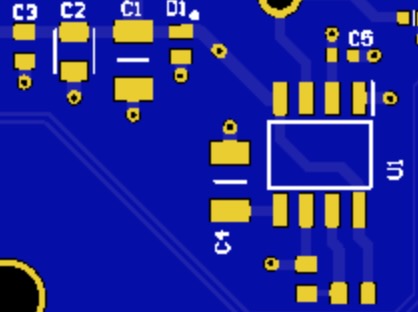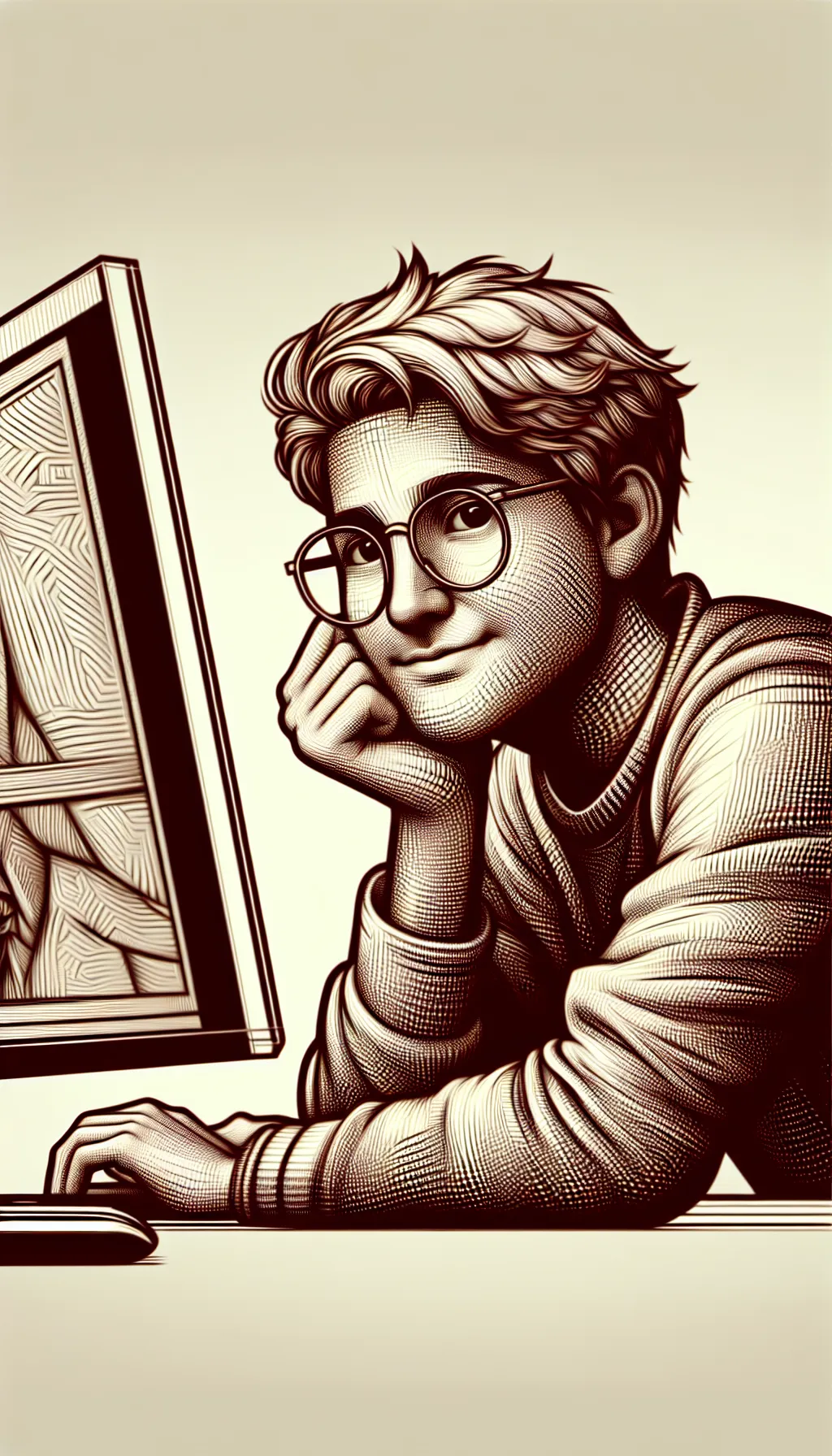Exact Measurement? For Innovation, and Progress
A coherence-based Noise Reduction System, approaches a time-independent reference, or exact standard, for the measurement of time. Download summary of scientific research here.
Visual Spacial Intelligence Can Be Improved Automatically...
...while working or playing on computers or any electronic devices.

Areas of Application of Coherence Technology Pdf download here: https://www.upgradingtechnology.com/support-files/areasofapplication.pdf
Visual spatial intelligence refers to a person's ability to perceive, recognize, and manipulate styles in both localized and broad, spatial parts of the world. This sort of intelligence is crucial in everyday life as it helps us understand how spaces or objects are oriented and relate to one another. For instance, using a map, playing chess, or organizing your living space are all activities that require a high level of visual spatial intelligence.
There are several conventional methods of improving spatial intelligence, but each has its pros and cons.
1. Puzzles and games: Engaging in activities like jigsaw puzzles, chess, or video games can boost visual spatial intelligence. The advantage is that these are enjoyable pastimes that keep your mind sharp, but the downside is that they can consume a lot of time and not everyone finds them entertaining.
2. Artistic activities: Drawing, painting, or even photography can improve spatial intelligence. These activities stimulate creative thinking and spatial recognition. However, they may require an inherent level of talent or skill and not everyone may be artistically inclined.
3. Reading and writing: Studies have shown that active readers and writers tend to have higher visual spatial intelligence. By imagining scenarios, characters, and places, we are unknowingly sharpening our spatial abilities. The disadvantage is that this is a very indirect method and can take a lot of time.
As opposed to these conventional methods, a more modern, tech-based approach involves improving the quality of electronic signals. The theory proposes that by enhancing the quality of the images and information we consume on digital screens, we can upgrade our visual spatial intelligence.
Our brain's ability to process and understand information is largely dependent on the quality of the signals received. High-quality, true-to-life images are easier for the brain to interpret and process due to their close resemblance to real-life visuals. Reducing measurement uncertainty, automatically increases the life-like qualities, and fine details of the electronic representations we look at. And the coherence-based approach to reducing measurement uncertainty has also been found to increase EEG brain coherence. Increasing EEG brain coherence enables the brain to process visual information more effectively. When we spend a considerable amount of time staring at electronic screens, it only makes sense to augment the quality of these visuals.
This technological approach has the advantage of being more directly applied to our digital era, enhancing our experience with the devices we use every day. The centering and stabilizing effect of increased brain coherence creates balance in the individual and protects us from being overly dependent on technology, and neglecting the real-world practices that also enhance spatial intelligence.
Harnessing both traditional methods and new technologies we can optimize holistic improvement in visual spatial intelligence.
For innovators and product developers who would like to integrate a coherence-based upgrade which will support and enhance end-user visual spatial intelligence, this link gives more information about the Coherence Hasslefree Innovation Program™ (CHIP)
